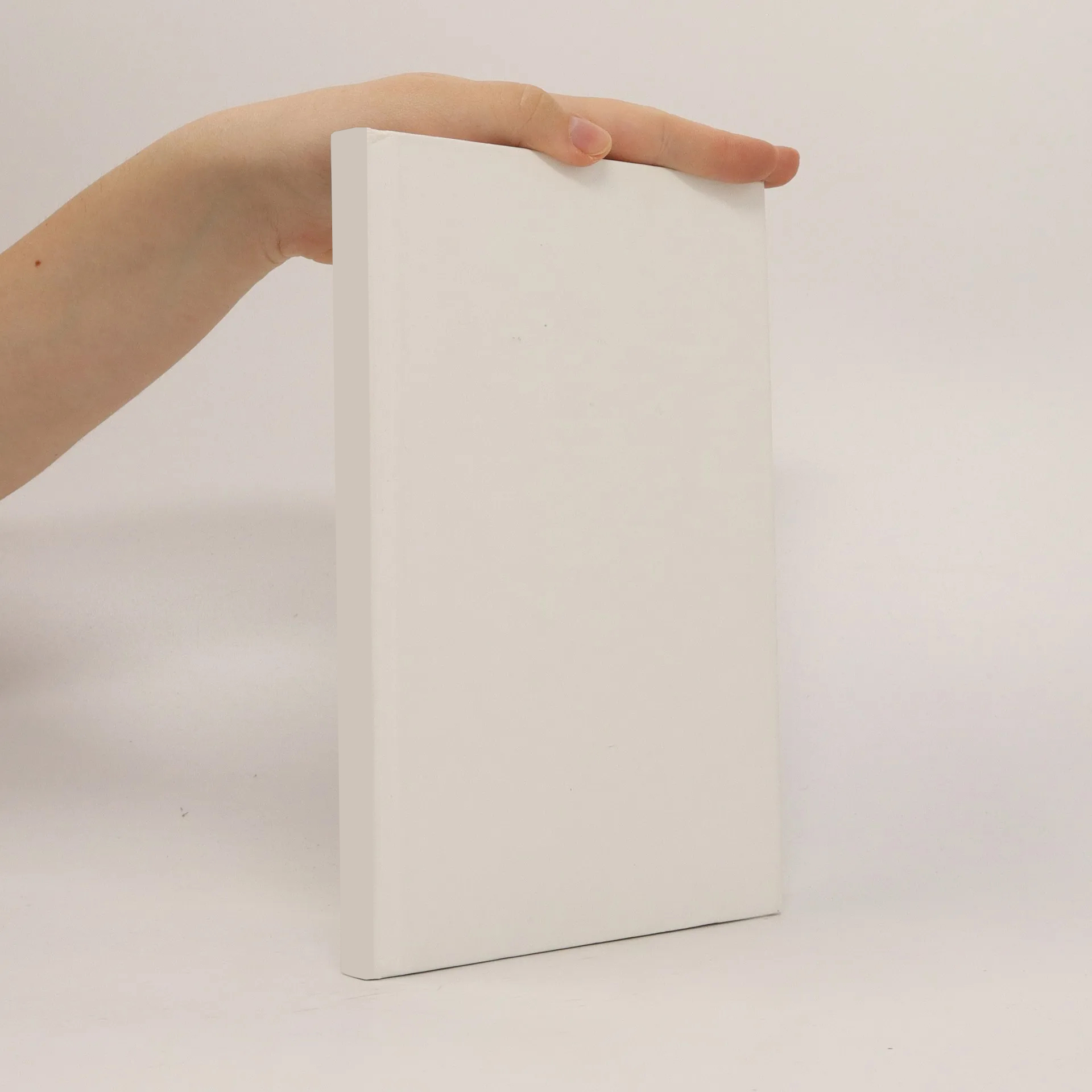
Parametre
Viac o knihe
Scrub typhus is caused by the Gram-negative bacterium Orientia tsutsugamushi, prevalent in the "tsutsugamushi triangle" across Asia and the Pacific, with about one billion people at risk and an estimated one million new cases annually. Phagocytic cells, including dendritic cells, macrophages, monocytes, and neutrophils, are key host cells during infection, particularly at pathogen entry sites. The innate immune system provides immediate antibacterial defense before adaptive immunity is activated, starting with the recognition of pathogens by innate immune cells. These cells utilize pattern-recognition receptors (PRRs) to identify conserved structures in pathogens. Notable PRRs include Toll-like receptors (TLRs) and nucleotide-binding oligomerization domain (NOD)-like receptors (NLRs), with TLR2 and TLR4 being crucial for recognizing pathogen surfaces. While TLRs are protective against various infections, their roles can vary, with TLR2 showing potential deleterious effects in some models. The specific role of innate immune responses, particularly TLRs and NLRs, in response to O. tsutsugamushi remains unclear. This study aims to identify the innate receptors recognizing O. tsutsugamushi surface structures and their roles in a scrub typhus mouse model, exploring receptor involvement, ligand composition, phagocytic cell recruitment, and the impact of innate receptor signaling on infection and protection.
Nákup knihy
Involvement of toll-like receptor 2 in recognition of Orientia tsutsugamushi by the innate immune system, Mohammad Hamdi Gharaibeh
- Jazyk
- Rok vydania
- 2013
Doručenie
Platobné metódy
Nikto zatiaľ neohodnotil.